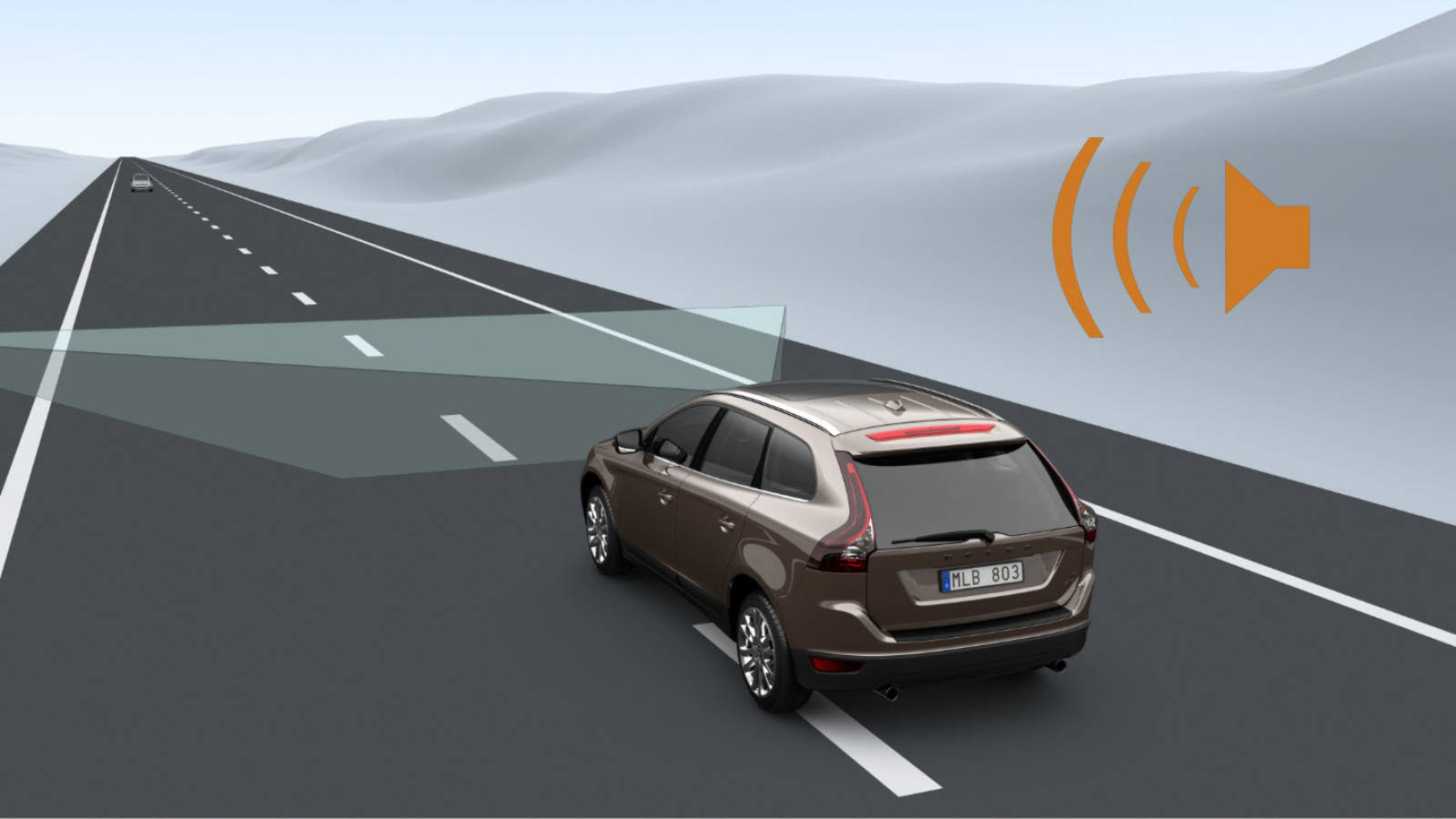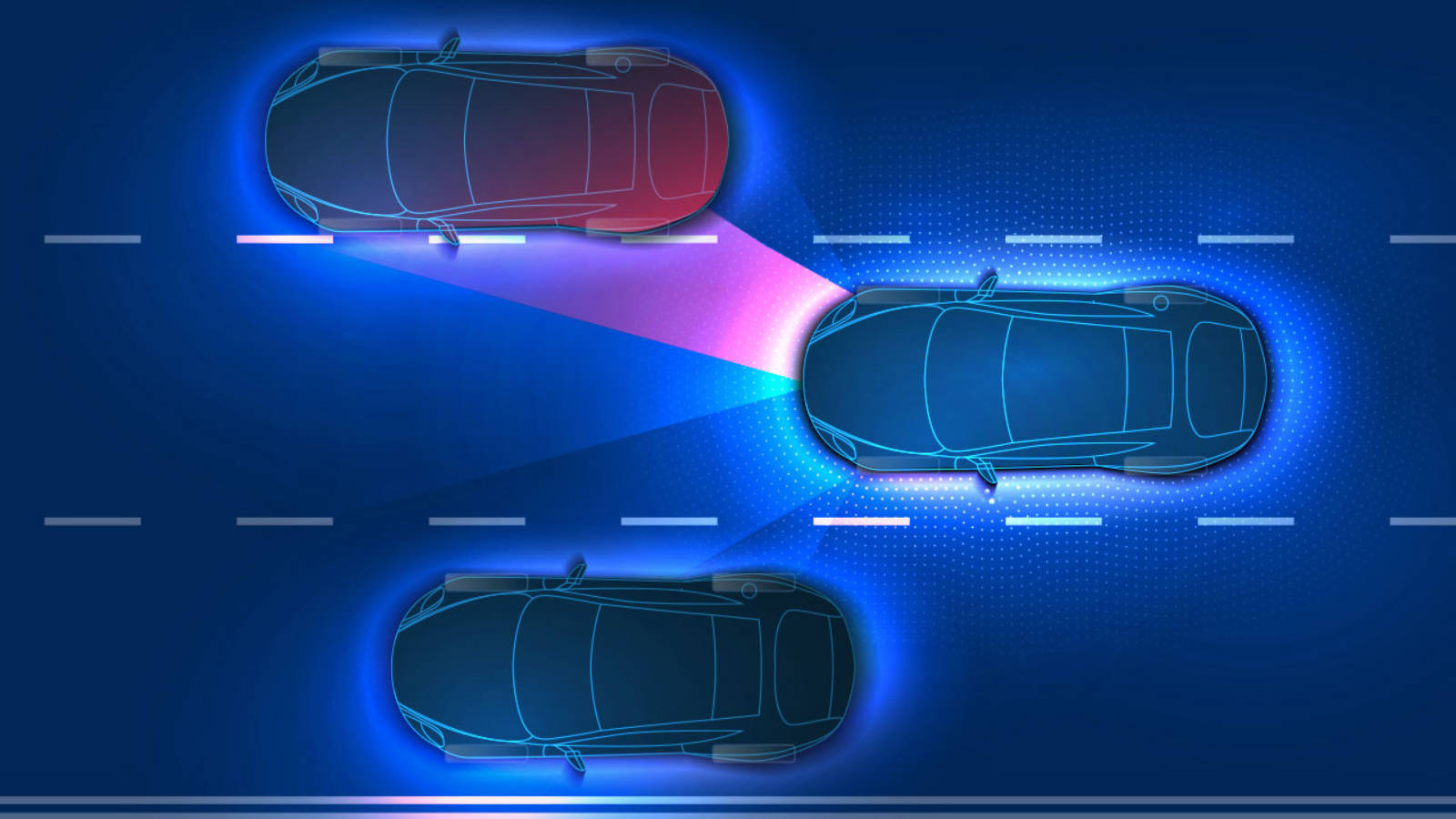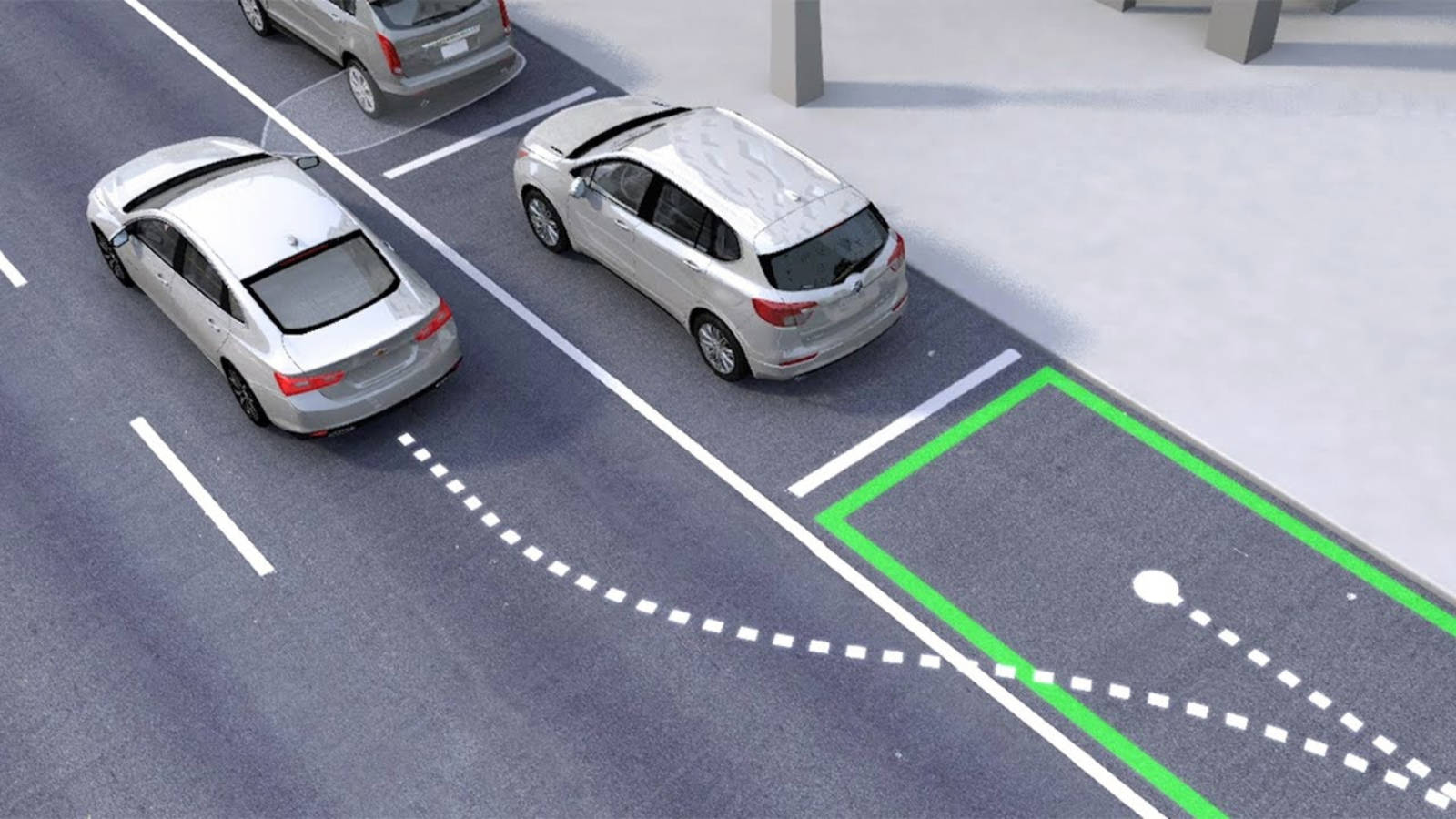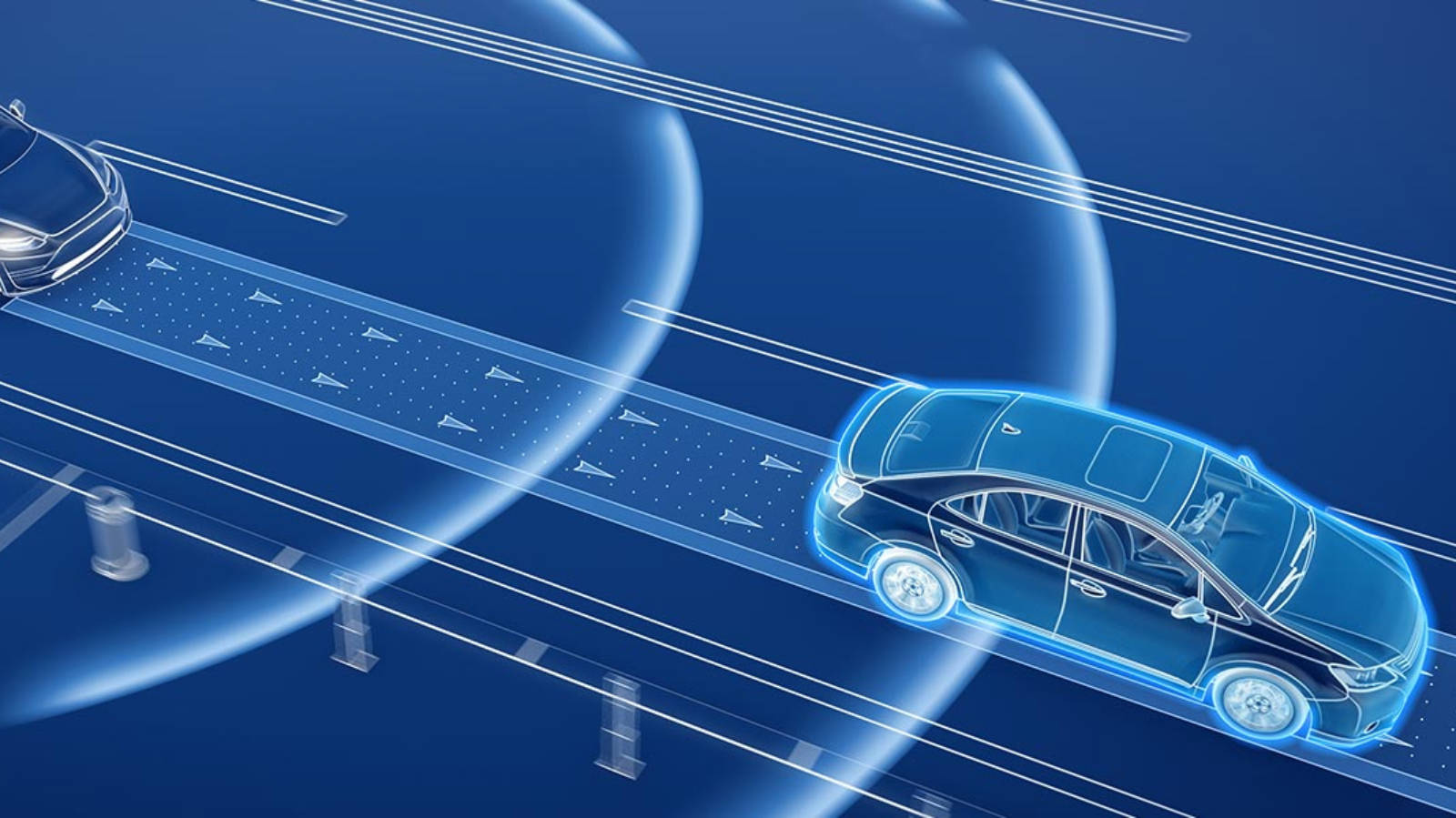Modern automotive technology has significantly advanced to enhance travel safety. Advanced Driver-Assisted Systems (ADAS) have seamlessly integrated into the car-buying experience, serving as a crucial safety net to prevent crashes and save lives. In this week’s edition of our guide to automotive terms, we explore everything about the ADAS safety system.
How Does ADAS System Work In A Car?

ADAS uses sensors like cameras, radar, and lidar to enhance vehicle safety. Cameras handle tasks like lane departure warning, radar aids adaptive cruise control, and lidar contributes to autonomous driving.
Processed data informs decisions and controls the vehicle, with features including adaptive cruise control, lane departure warning, automatic emergency braking, blind spot monitoring, and parking assistance.
Driver alerts and interventions aim to assist, not replace, human judgment. Integration with other vehicle systems enhances effectiveness. Drivers must remain engaged for ADAS to be effective.
Different Levels Of ADAS Systems
There are five main levels of ADAS, each of which represents a different degree of automation.
Level 0: No Driving Automation
Level 0 ADAS systems provide the driver with information about their surroundings but do not take any control of the vehicle. Examples of Level 0 ADAS systems include:

- Blind Spot Information System (BLIS): Alerts drivers to vehicles in their blind spots, enhancing awareness.
- Rear Cross Traffic Alert (RCTA): Warns drivers of approaching traffic when reversing, reducing collision risks.
- Lane Departure Warning (LDW): Notifies drivers if unintentional lane departure occurs, promoting safe driving.
- Forward Collision Warning (FCW): Alerts drivers to potential front-end collisions, prompting quick response.
- Traffic Sign Recognition (TSR): Identifies and displays road signs, keeping drivers informed about regulations.
Level 1: Driver Assistance
Level 1 ADAS systems can provide the driver with information and also take some control of the vehicle. However, the driver is still in full control of the vehicle and must be able to override the system at any time. Examples of Level 1 ADAS systems include:
- Adaptive Cruise Control (ACC): Automatically adjusts vehicle speed to maintain a safe following distance from the vehicle ahead, enhancing cruise control with real-time traffic awareness.
- Automatic Emergency Braking (AEB): A safety system that automatically applies the brakes if a collision with an obstacle or another vehicle is imminent, helping to prevent or mitigate the impact.
- Lane-Keeping System (LKS): Assists drivers in staying within their lane by providing steering input or warnings when unintentional lane departure is detected, promoting safer driving.
“Level 1+” is not officially recognized within SAE levels of automation. While it’s informally used to suggest enhancements to Level 1 ADAS, specific features can vary. For instance, a hypothetical Level 1+ system might include improved Adaptive Cruise Control, advanced Lane-Keeping Assistance, and intelligent Collision Avoidance.
Level 2: Partial Driving Automation

Level 2 ADAS systems can take over some of the tasks of driving, such as steering and braking. However, the driver must still be present and attentive at all times, as they may need to take over control of the vehicle at any time. Examples of Level 2 ADAS systems include:
- Traffic Jam Assist (TJA): Facilitates driving in congested traffic by automatically controlling acceleration, braking, and steering within certain speed limits, reducing driver stress in traffic jams.
- Highway Driving Assist (HDA): Enhances highway driving by combining features like adaptive cruise control and lane-keeping, providing a more automated and comfortable driving experience on highways.
- Automated Lane Centering (ALC): Automatically keeps the vehicle centred within its lane, utilizing sensors and/or cameras to provide continuous steering input, enhancing lane-keeping capabilities for a smoother and safer driving experience.
The “Level 2+” in Advanced Driver Assistance Systems (ADAS) refers to systems within the Level 2 category with added features beyond basic requirements. The “+ ” indicates further enhancements, such as advanced Lane-Keeping Assistance, improved Traffic Jam Assist, augmented reality navigation, superior object recognition, and expanded connectivity.
Level 3: Conditional Driving Automation
Level 3 ADAS systems can take over all of the tasks of driving in certain specific conditions, such as on highways or in slow-moving traffic. However, the driver must still be present and ready to take over control of the vehicle at any time. Examples of Level 3 ADAS systems include:
- Highway Autopilot: Refers to an advanced driving assistance system that automates various tasks on the highway, such as maintaining speed, staying within lanes, and adapting to traffic conditions. It provides a higher level of automation during highway driving.
- Chauffeur: In the context of autonomous vehicles, “Chauffeur” often refers to a fully autonomous or self-driving system that can operate a vehicle without the need for human intervention.
Level 4: High Driving Automation
Level 4 ADAS systems can take over all of the tasks of driving in most conditions. The driver may not need to be present at all times, but they must be available to take over control of the vehicle if necessary. Examples of Level 4 ADAS systems include:

- Robotaxi: A Robotaxi is an autonomous or self-driving taxi service that operates without a human driver. Passengers can use a mobile app to request a ride, and the vehicle autonomously transports them to their destination without human intervention.
- Autonomous Delivery Vehicle: An autonomous delivery vehicle refers to a self-driving vehicle designed to transport goods or packages from one location to another without human control.
Level 5: Full Driving Automation
Level 5 ADAS systems are fully autonomous vehicles that do not require any human input. They can operate in any environment and under any conditions. There are currently no Level 5 ADAS systems in commercial production.
What Is Automatic Parking In A Car?
Automatic parking, found in modern vehicles, allows the car to park itself using sensors, cameras, and advanced systems without direct driver input. This technology is typically linked to Level 2 or Level 2+ automation. There are generally two types of automatic parking systems:
Parallel Parking Assistance: This system helps the driver parallel park the vehicle. When the driver activates the automatic parking feature, the car’s sensors scan the surrounding area to determine the size of the available parking space. Once a suitable space is identified, the system takes control of the steering wheel while the driver manages the throttle, brake, and gear selection. The car automatically manoeuvres into the parking space with precision.

Perpendicular Parking Assistance: This system is designed for parking in perpendicular (or right-angle) parking spaces, such as those commonly found in parking lots. Similar to parallel parking assistance, the driver activates the feature, and the car’s sensors detect an appropriate parking space. The system then takes control of the steering while the driver manages acceleration, braking, and shifting.
Other Active Safety Systems
Anti-lock Braking System (ABS): Prevents wheel lock-up during hard braking, allowing the driver to maintain steering control.
Electronic Stability Control (ESC): Helps prevent skidding and loss of control by selectively applying brakes to individual wheels.
Traction Control System (TCS): Manages wheel spin during acceleration by adjusting engine power or applying brakes to specific wheels.
Driver Attention Monitoring: Monitors the driver’s behaviour and provides alerts if signs of drowsiness or inattention are detected.

Those are all the important terminologies involved in ADAS safety systems. We will be explaining other interior sections of a car in the coming weeks in our weekly guide to automotive terms. Keep an eye on the DubiCars Blog section for more such guides. Also, if you are new to the Automotive Terminologies guide, we recommend giving the beginner’s guide a read.
Looking to own a car? Here are used cars on sale in the UAE and new cars on sale in the UAE.







